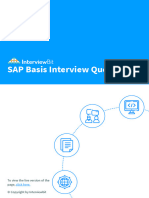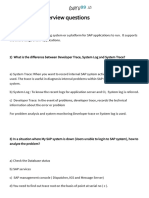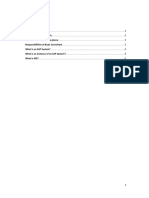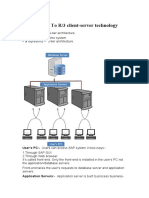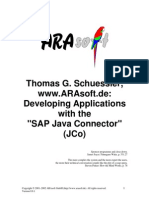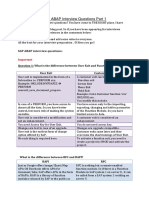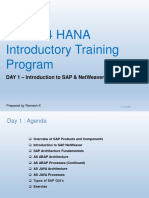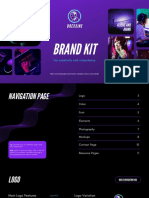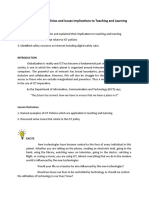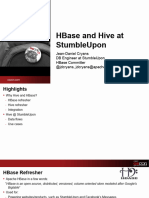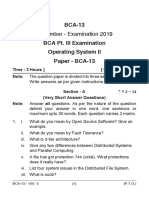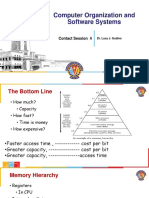0% found this document useful (0 votes)
15 views10 pagesSAP Basis Interview Questions
The document provides an overview of SAP (Systems Applications and Products) and its BASIS component, which is essential for maintaining and managing SAP systems. It includes a series of commonly asked interview questions and answers related to SAP BASIS for both freshers and experienced professionals, covering topics such as user management, data communication, and system configuration. Additionally, it discusses the differences between SAP S/4HANA On-premise and Cloud editions, along with various functionalities and tools within the SAP ecosystem.
Uploaded by
sunkarimahesh040Copyright
© © All Rights Reserved
We take content rights seriously. If you suspect this is your content, claim it here.
Available Formats
Download as PDF, TXT or read online on Scribd
0% found this document useful (0 votes)
15 views10 pagesSAP Basis Interview Questions
The document provides an overview of SAP (Systems Applications and Products) and its BASIS component, which is essential for maintaining and managing SAP systems. It includes a series of commonly asked interview questions and answers related to SAP BASIS for both freshers and experienced professionals, covering topics such as user management, data communication, and system configuration. Additionally, it discusses the differences between SAP S/4HANA On-premise and Cloud editions, along with various functionalities and tools within the SAP ecosystem.
Uploaded by
sunkarimahesh040Copyright
© © All Rights Reserved
We take content rights seriously. If you suspect this is your content, claim it here.
Available Formats
Download as PDF, TXT or read online on Scribd
/ 10
